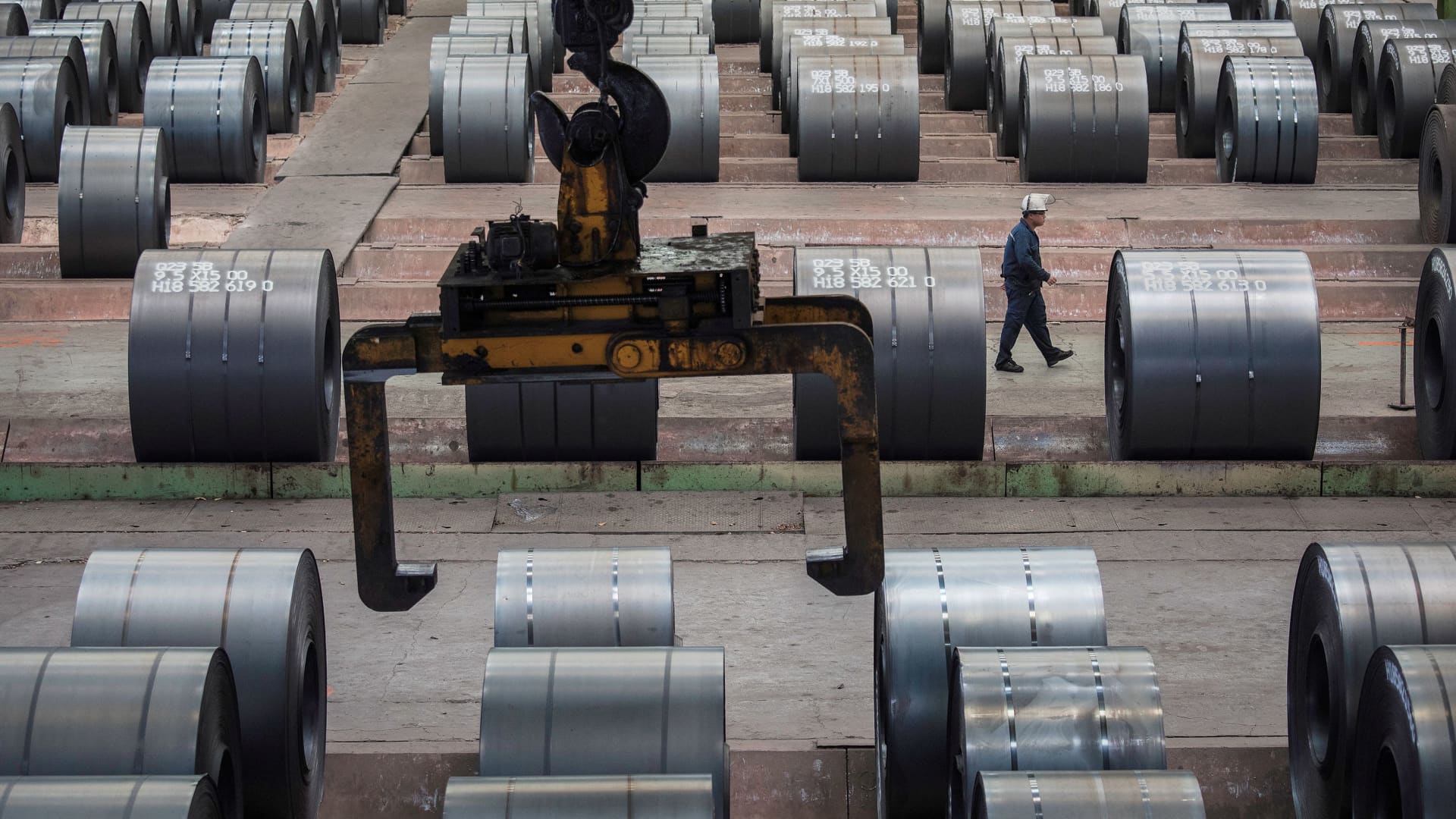As U.S.-China tensions escalate and overall market volatility rises, investment strategists expect Chinese stocks will hold up as the country doubles down on tech development. “For now I think as long as people’s sentiment on [the] U.S. is slightly positive, sentiment on China will continue to be positive,” said Liqian Ren, leader of quantitative investment at WisdomTree. She pointed out that the U.S. Federal Reserve easing interest rates supports both the U.S. and Chinese stock markets. In addition, rather than seeing Chinese stocks as broadly uninvestible, international investors are starting to realize that owning some of the stocks could be a good long-term bet, primarily in tech, Ren said. That shift in sentiment picked up earlier this year after DeepSeek’s AI breakthrough surprised global investors with China’s ability to rival OpenAI despite U.S. restrictions on chip access. Beijing has since played up DeepSeek and other homegrown tech advancements, while appearing unafraid to retaliate against the U.S. on tariffs, port fees or export controls. China’s top leaders are expected to detail further tech ambitions and policy support when they gather from Oct. 20 to 23 to discuss national goals for the next five years. Even if investors ignore AI and internet tech stocks in China, the return on invested capital for the rest of the MSCI China index have been improving — while India has mostly stagnated, Sunil Tirumalai, chief GEM equity strategist at UBS, said in a report Friday. Add in China internet plays, which typically include Alibaba, and Chinese stock returns are even better than India’s. But the China tech play for the future is changing. China’s “AI+” strategy details released late this summer underscores how Beijing aims to support AI for industry, rather than consumer applications. The tech that the Chinese government is supporting is much more on industrial tech,” Ren pointed out, adding that it’s a “fundamental shift.” Whether or not the U.S. or China “win” on tech “is so long term right now it’s very hard to really draw a conclusion,” Ren said. “If people’s investment horizon is long I think it’s still a good time to position.” Rising volatility Chinese stocks tumbled Friday following U.S. stock declines over worries about bad loans at regional banks. The Shanghai composite fell by nearly 2%, while Hong Kong’s Hang Seng Index dropped by almost 2.5%, adding some support to a growing investment thesis that prefers mainland China stocks, known as “A Shares,” over Hong Kong stocks. “Do not buy the dip yet,” Morgan Stanley’s Chief China Equity Strategist Laura Wang said in a note late Friday. She cautioned that the Hong Kong market has historically had high correlation with the U.S., and strong outperformance year-to-date — more than 25% in gains for the Hang Seng Index versus over 12% for the S & P 500 — “could trigger anxious profit-taking by investors.” “We [are] tactically OW A shares vs. Hong Kong while the aforementioned uncertainty clears,” Wang said, referring to concerns about trade tensions and U.S. credit. “Stick to quality names with high earnings visibility and dividend plays for now.” China is also due to report third-quarter GDP on Monday, as leaders begin their four-day meeting. HSBC’s Chief Economist for Greater China Jing Liu expects that for China’s upcoming five-year plan, “focus areas are likely to be in frontier fields like AI, semiconductor development, robotics and biotech.” Earlier in the week, the firm’s China equity strategy team warned about rising market volatility, but affirmed expectations that domestic tech innovation will support market gains. Three of the mainland Chinese stocks the analysts expect to beat consensus earnings estimates are semiconductor company Gigadevice and enterprise software company Yonyou, both listed in Shanghai, as well as Shenzhen-listed factory automation company Inovance.
China wants to play the long game with the U.S. What that means for Chinese stocks
